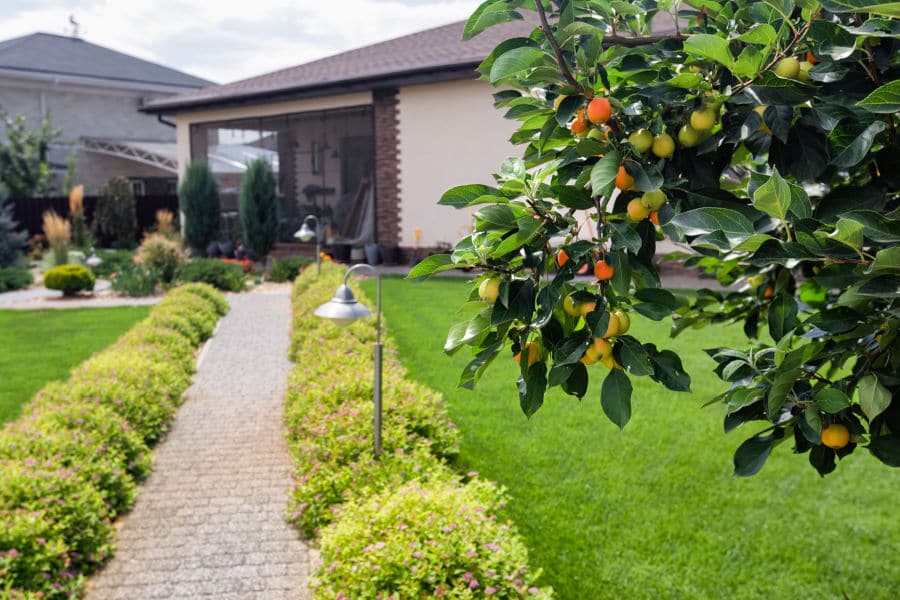
Trees to Plant in Your Garden that are the Least Messy!
While considering the tree species in your yard, you must be mindful of one important question i.e. what is your look for? Answering this one question can help you shortlist the trees that suit your yard. Maybe you visualize your yard as a densely planted garden with tall-standing trees all around. Or you might envision is populated with medium-heightened shrubs that offer your garden privacy against neighboring yards. Probably you reside in a drier area and want trees that can stand extended periods of dry, hot weather and lesser rains. Considering all of these and many more petty features of the tree you intend to plant is super important because trees may last for up to a century. In addition to what you want, you must also pay attention to what you'd not want. Many common landscaping trees will often come with certain undesirable qualities. Seemingly promising young saplings can demand too much maintenance and clean-up as they mature. One of the most common concerns of gardeners is about a tree being too messy to look after. A number of fruiting trees would often litter your lawn to an intolerable extent, and you might opt to take them down. To make sure the trees you choose to plant do not become a headache for you later, be wise while you choose. To help you choose, here is a list of some of the least messy trees found around the globe that are perfect for domestic yards
Arborvitae
The Arborvitae is a tall evergreen tree that has several varieties. It is elegant in looks and makes a great choice for hedges and privacy screens. It has dense branches that can be trained to any shape or size by regular pruning and shaping. This characteristic of Arborvitaes contributes to their mess-free nature. They require little maintenance and offer high returns. Arborvitae is adaptable to different soil types and weather. It has a pyramidal shape and grows in an upright direction. They grow up to a height of 50 feet upon maturity.
Flowering Dogwood
Flowering Dogwood has several varieties, and you'd find this in almost every garden. The flowering variety of this tree is super common among compact yards and other outdoor spaces as it is attractive and has a year-round bloom. In spring, it blossoms with large scented flowers that turn into green leaves during summer. By the time Autumn comes in, the foliage of this tree turns reddish-brown and is accompanied by berries. And finally, during winters, it loses leaves but is still super attractive as it has a unique branching pattern and a sober bark. It grows quickly and when fully matured (after almost a decade), it is expected to grow up to the height of 10 to 25 feet. It grows the best under full sunlight and is well-adapted to moist soils. A Flowering Dogwood bears berries and fruits, but these are too small and are the favorite of birds, so you don't wear the hat for cleaning up the lawn litter later.
Spruce
Spruce trees are gardeners-favorite landscape trees that have pins and needles; these needles are stiff and are about an inch or more in length. A common variety of Spruce trees include the Colorado Blue – it is native to North America and is cherished all around the world for its rich blue color that blends into the tones of green. Spruce trees grow up to a height of 30 to 70 feet under normal growth conditions. However, dwarf varieties of Spruce trees are excellent for ornamental purposes. They have an average height of only 15 feet and are easy to manage. Spruce trees are slow-paced trees and only produce cones upon reaching maturity. Further, these conifers would ask for very low maintenance. All they need is a rich, well-drained soil, often nourished with compost and regular watering patterns. They also need pruning; however, it is only advised to do so when their branches are well grown.
